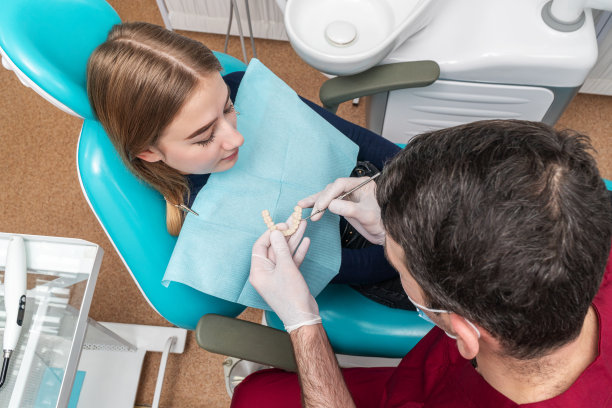The Essential Guide to Extracting a Tooth Safely and Effectively in a Dental Setting
Summary: Extracting a tooth is a critical yet delicate procedure that must be approached with caution in a dental setting. This article serves as a comprehensive guide on the essential steps and considerations for safely and effectively performing tooth extractions. We will explore four key aspects: understanding patient evaluation, selecting appropriate techniques, managing postoperative care, and ensuring proper sterilization and infection control. Each section will provide valuable insights for dental practitioners to enhance their skills and ensure patient safety during the extraction process. By adhering to these guidelines, clinicians can minimize complications and deliver optimal care to their patients.
1. Understanding Patient Evaluation in Extractions

Before any tooth extraction procedure, thorough patient evaluation is imperative. This process starts with a comprehensive medical history to identify any underlying health issues that may complicate the extraction. Conditions like diabetes or cardiovascular diseases necessitate careful assessment as they influence the healing process and overall outcomes.
Next, a physical examination is vital to evaluate the specific tooth requiring extraction. This includes assessing its position, mobility, and the condition of surrounding tissues. Radiographs play a significant role here, providing critical information regarding the root structure and the proximity to vital anatomical landmarks.
Finally, effective patient communication is essential for ensuring informed consent. Practitioners should discuss the procedure, potential risks, and alternative treatments, allowing patients to make educated decisions about their dental care.
2. Selecting Appropriate Techniques for Extractions
Once the patient evaluation is complete, the next step involves selecting the appropriate extraction technique. Simple extractions are indicated for teeth that are fully erupted and straightforward to remove with basic instruments. However, more complex cases, such as impacted teeth, may require surgical extractions, which involve incisions and bone removal.
Proper instrumentation is also crucial in this step. Dentists must be skilled in using forceps and elevators appropriately, as incorrect usage can lead to complications. Mastery of varied techniques is essential, as the choice can significantly impact patient comfort and procedural efficiency.
Moreover, considering anesthesia types—local, sedation, or general anesthesia—based on patient needs and anxiety levels is critical. This ensures a pain-free experience and addresses any specific concerns regarding discomfort during the procedure.
3. Managing Postoperative Care Effectively
Effective management of postoperative care is vital for ensuring patient recovery and minimizing complications. After the extraction, clinicians should provide clear instructions regarding pain management, oral hygiene, and dietary restrictions. Proper guidelines help manage expectations and encourage optimal healing.
Monitoring for possible complications such as dry socket or excessive bleeding is equally significant. Dentists should educate patients on signs of these conditions and encourage them to report any concerns promptly. Early intervention can significantly mitigate adverse outcomes.
Additionally, follow-up appointments should be scheduled to evaluate healing and address any issues that may arise. This ongoing care demonstrates commitment to the patients well-being and helps maintain long-term dental health.
4. Ensuring Sterilization and Infection Control
Infection control and proper sterilization practices are essential components of conducting safe tooth extractions. Health care providers must adhere to guidelines to minimize the risk of infection during the procedure. This includes utilizing autoclaved instruments and disposable items where appropriate.
Moreover, the dental operatory should be maintained in a sterile environment. Regular disinfection protocols for surfaces and equipment play a significant role in controlling cross-contamination. Ensuring that all team members are trained in proper hygiene and procedural techniques reinforces this commitment.
Lastly, monitoring the patients health status during and after the procedure can help identify infections early. Prompt action in response to any signs of infection can significantly improve patient outcomes and overall satisfaction with the dental care provided.
Summary:
In summary, safely and effectively extracting a tooth in a dental setting hinges on comprehensive patient evaluation, careful selection of techniques, diligent postoperative care, and strict adherence to sterilization protocols. By following these essential guidelines, dental practitioners can enhance their procedural success and provide their patients with the safest and most effective care possible.
This article is compiled by Vickong Dental and the content is for reference only.



